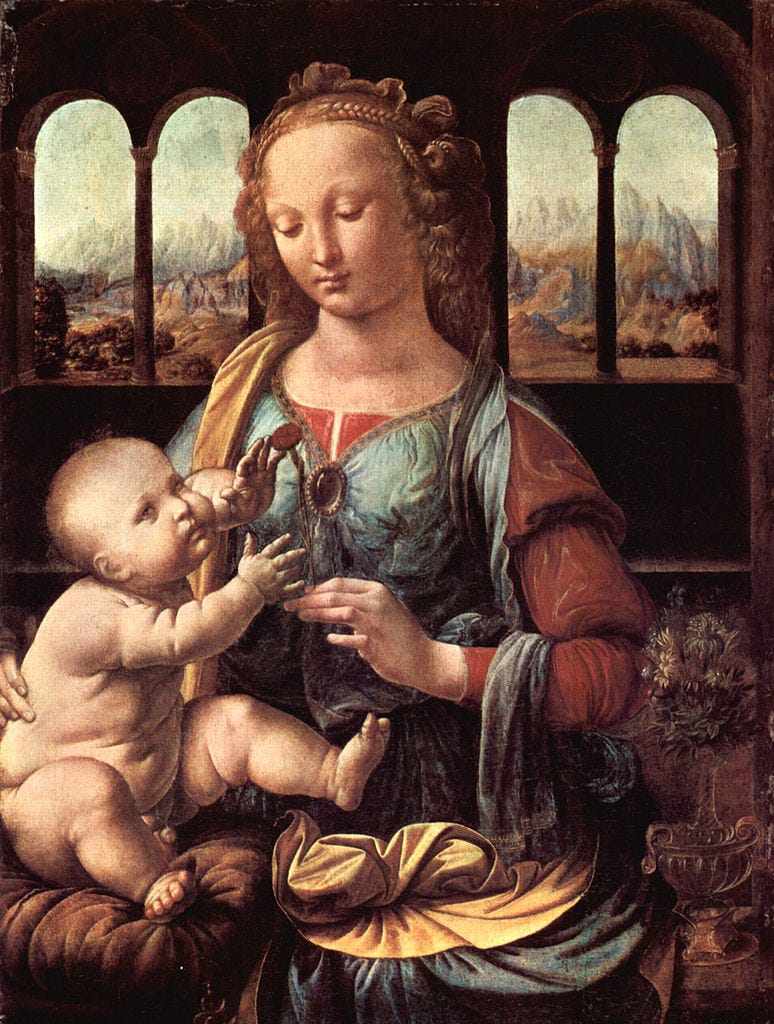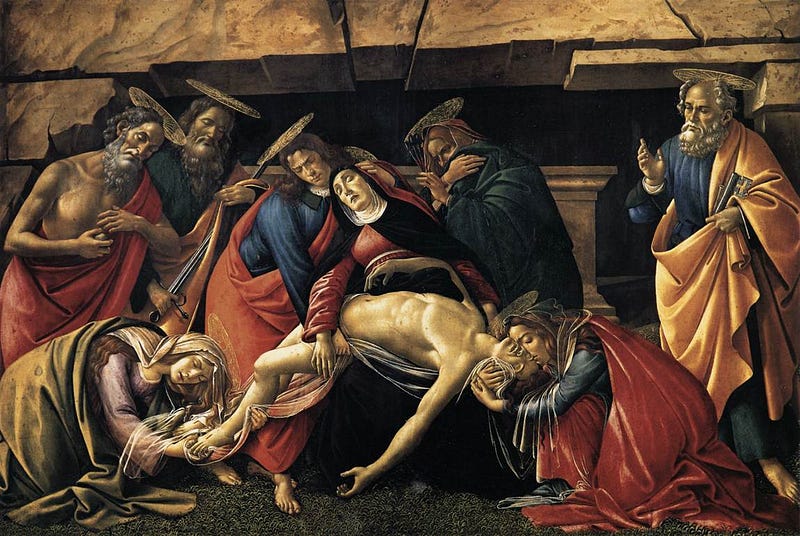Da Vinci's Hidden Ingredient: An Unexpected Culinary Connection
Written on
Chapter 1: The Culinary Secret of Renaissance Painters
Recent investigations have unveiled that renowned painters from the past, including Leonardo da Vinci, Rembrandt, and Sandro Botticelli, incorporated a unique ingredient into their oil paints. This ingredient, intriguingly, can often be found in our kitchens today.

Leonardo da Vinci • Madonna of the Carnation — [Photo: Leonardo da Vinci, Public domain, via Wikimedia Commons]
Research has consistently demonstrated that art serves as a vital key to unraveling historical narratives, with many stories embedded within paintings that are not immediately visible. A study conducted in 2021 revealed that the chemical makeup of white paint could provide insights into the lives of Dutch masters from the so-called golden age.
Investigations into numerous artworks indicated that some artists had to traverse Europe to procure the optimal paint materials. The reason? Events and conflicts during the 17th century significantly disrupted the supply of lead ores, a crucial component for creating white paint pigments.
Renaissance and Baroque artists, it turns out, often mixed egg yolks into their paint formulations.
Section 1.1: Analyzing the Past Through Art
Researchers have delved into the masterpieces of prominent painters for decades, seeking answers to questions about the artists' lives that may have been concealed with the final brushstroke. Interestingly, both the chemical composition and any visible damage to the artwork can provide significant clues.
Recent studies reveal that small quantities of protein have been detected in many works by Renaissance and Baroque artists. Previously, this was attributed to accidental contamination or dirt accumulating over the years. However, a recent study conducted by German and French scientists indicates that these proteins were intentionally included.
Subsection 1.1.1: The Role of Egg Yolks in Paint
The findings were published in the journal Nature Communications, with the lead researcher, Ophélie Ranquet from the Karlsruhe Institute of Technology in Germany, stating, “There are very few sources on the preparation of paints several hundred years ago, and no comprehensive scientific study has investigated the process until now.”
The research revealed that even minimal amounts of chicken yolk could yield an almost perfect oil paint. The team noted that this method influenced not just the aesthetic appeal but also the long-lasting qualities of the paint.
“The chemical interactions between the oil, pigment, and yolk protein significantly affect the viscosity and oxidation of the paint. Lead white pigment is particularly vulnerable to moisture, yet when coated with a protein layer, it becomes much more resilient,” explains Ophélie Ranquet.
Section 1.2: New Insights into Artistic Techniques
An examination of Leonardo da Vinci’s artworks indicates that the Italian master experimented with paint formulations throughout his career. In his piece “Madonna of the Carnation,” distinctive “wrinkles” on the figures reveal the slow drying times of the oil paint.
Interestingly, no traces of protein were found in this early work. The absence of egg yolk likely contributed to the drying issues observed. In contrast, yolk was present in many of Leonardo's later works.
“Given the negligible protein levels in the paintings, we believe this is not due to contamination,” the study's authors emphasize.

Sandro Botticelli — Lamentation over the Dead Christ with Saints — [Photo: Sandro Botticelli, Public domain, via Wikimedia Commons]
Evidence suggests that Botticelli also utilized egg yolks in his paint mixtures, as demonstrated in his painting “Lamentation over the Dead Christ.” This groundbreaking discovery not only enhances our understanding of art history but also offers invaluable information for conservators working to preserve centuries-old masterpieces.
Chapter 2: The Impact of Culinary Techniques on Art
The first video titled "Secret ingredient found in Da Vinci painting" explores how a surprising culinary element was integrated into the works of great masters.
The second video, "Decoding Da Vinci: 100% Full Sync Assassins Creed Brotherhood Da Vinci Disappearance," dives into the significance of these findings within both art and popular culture.